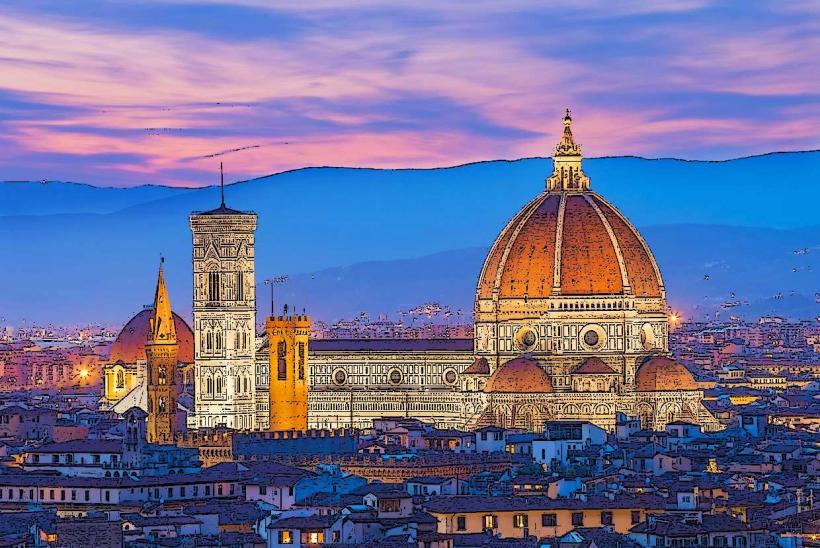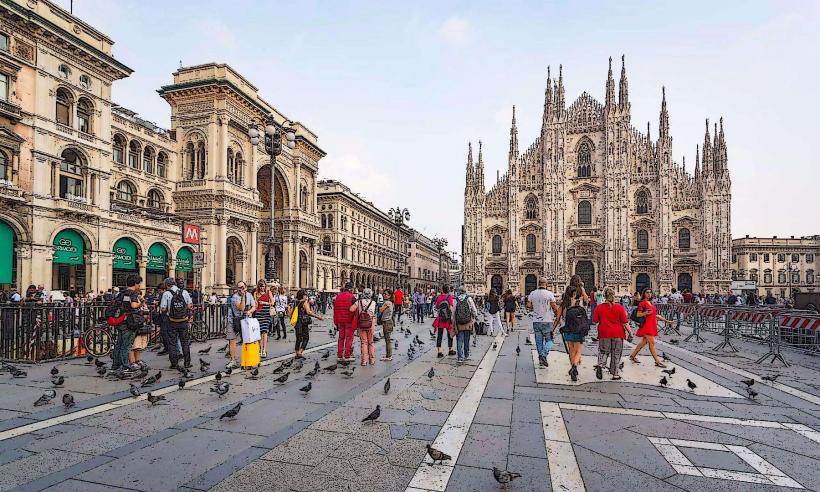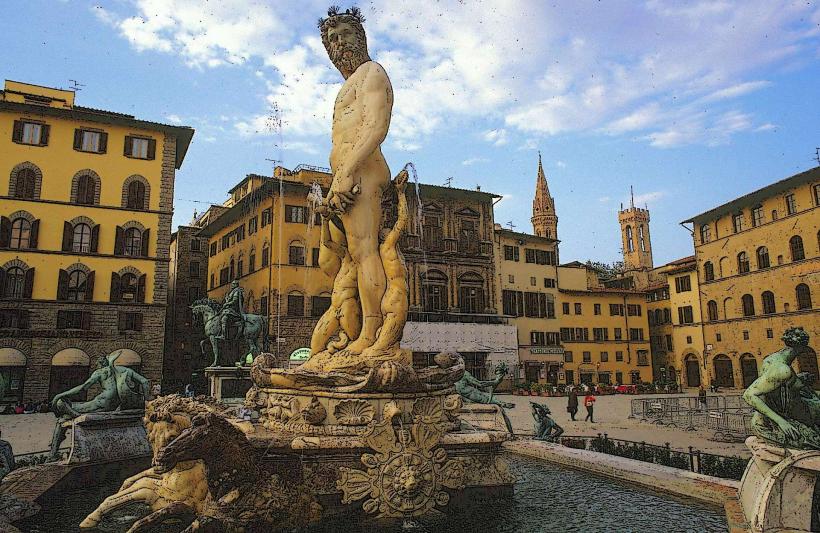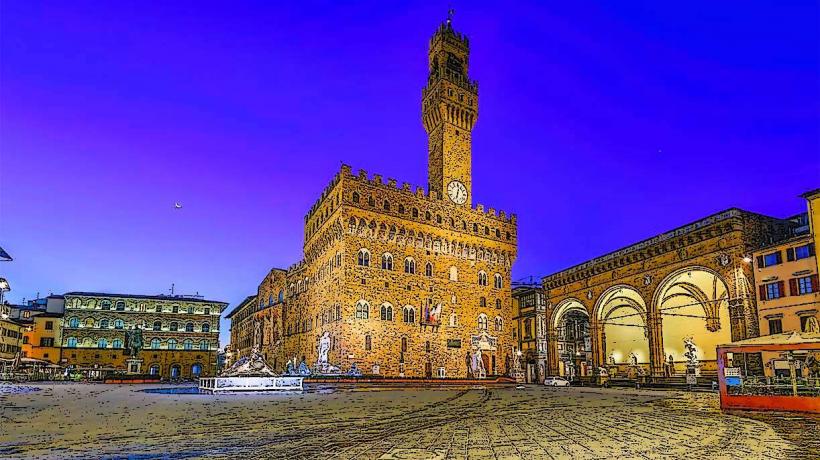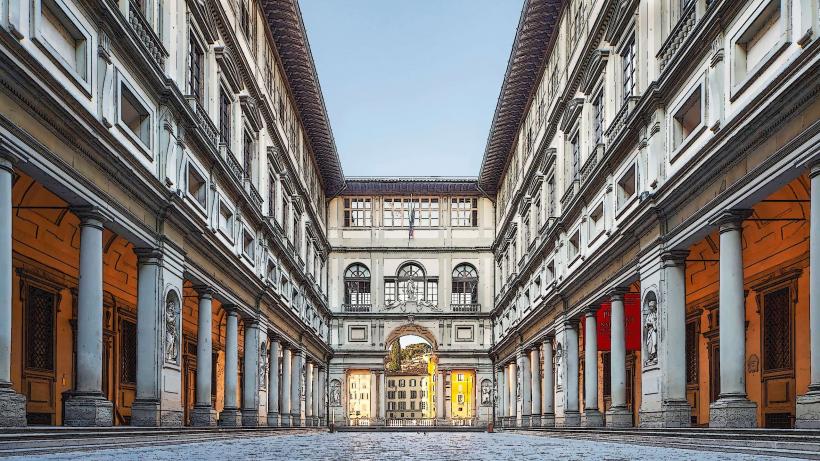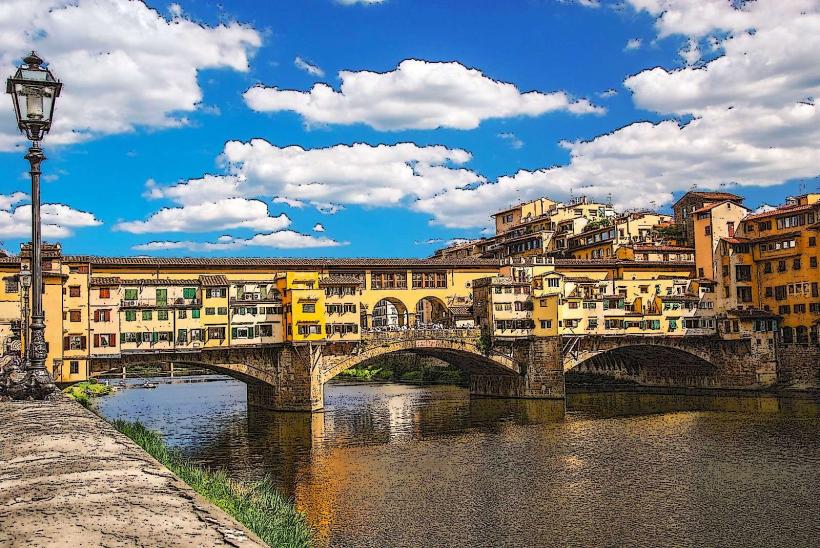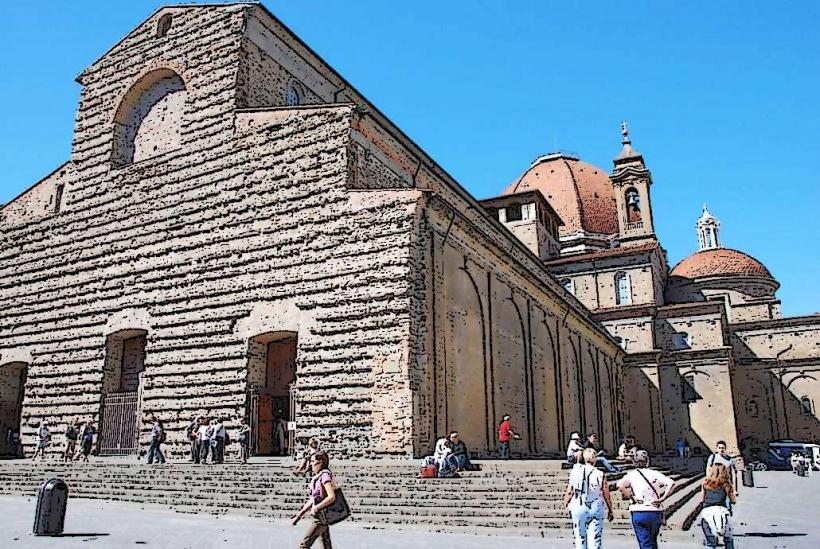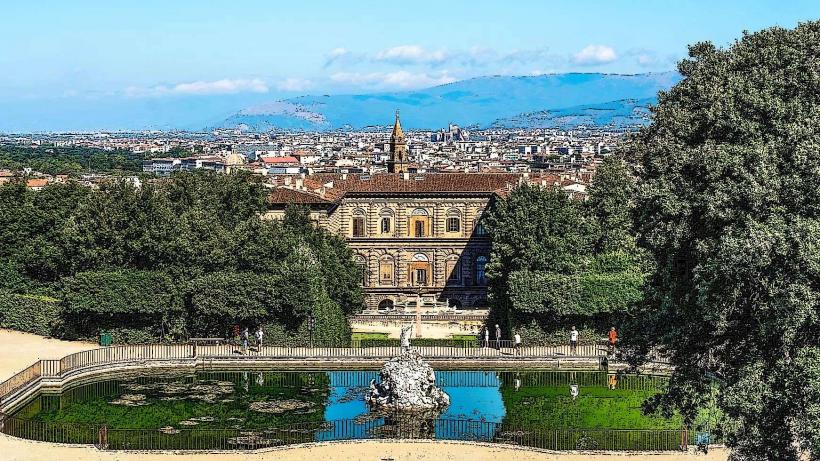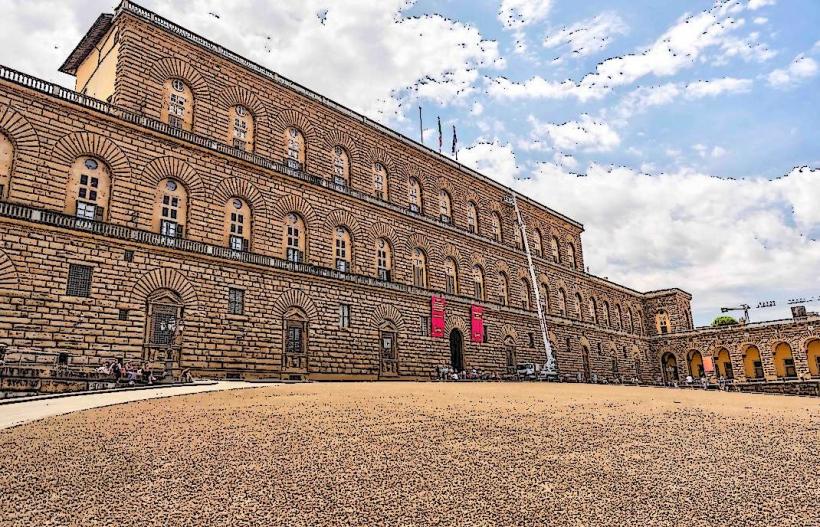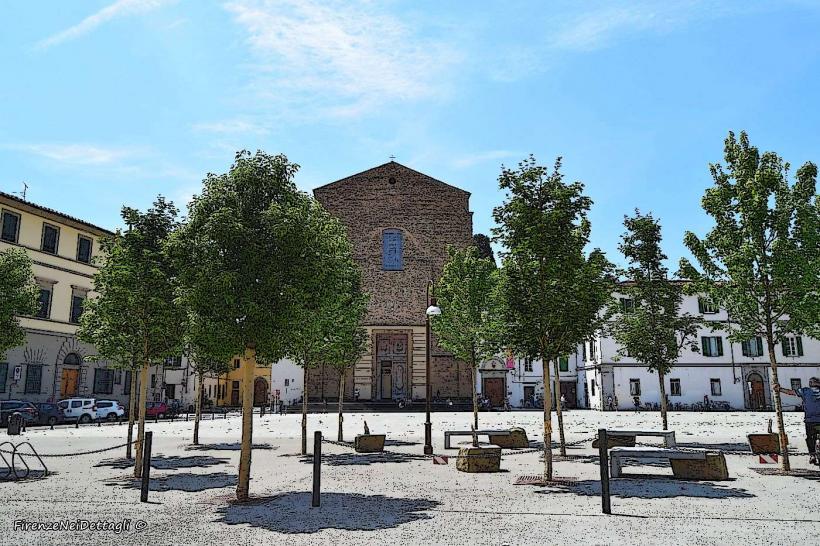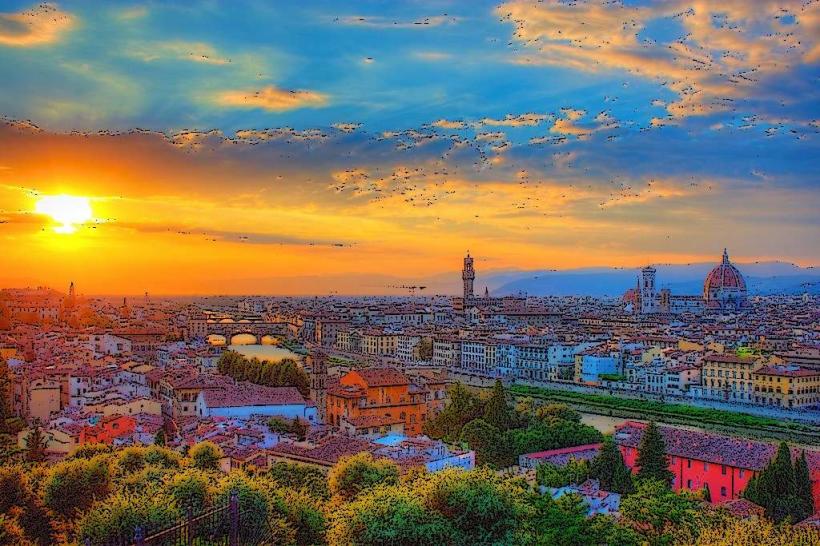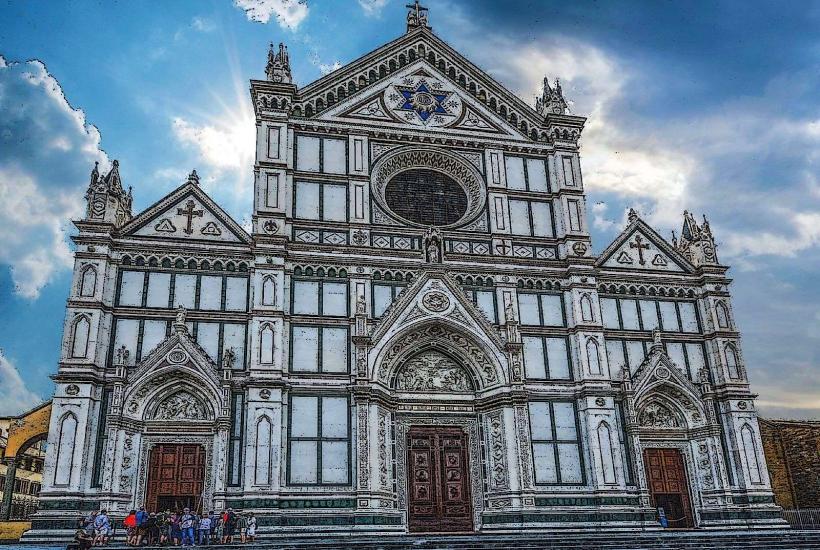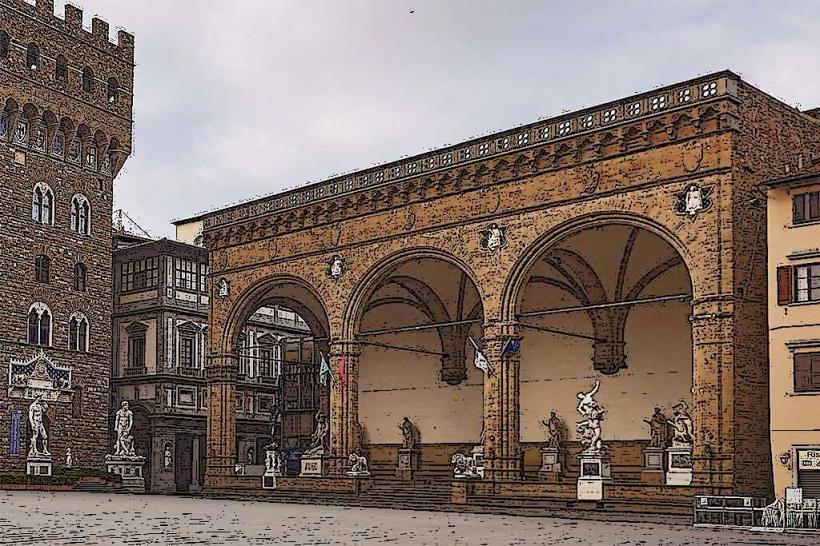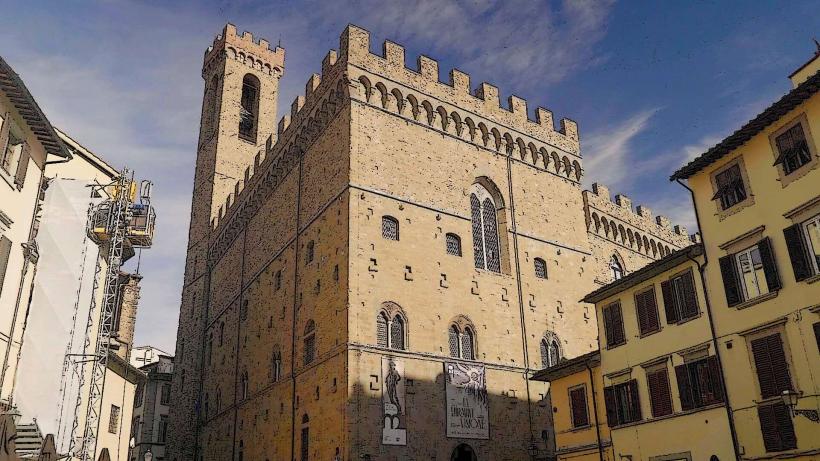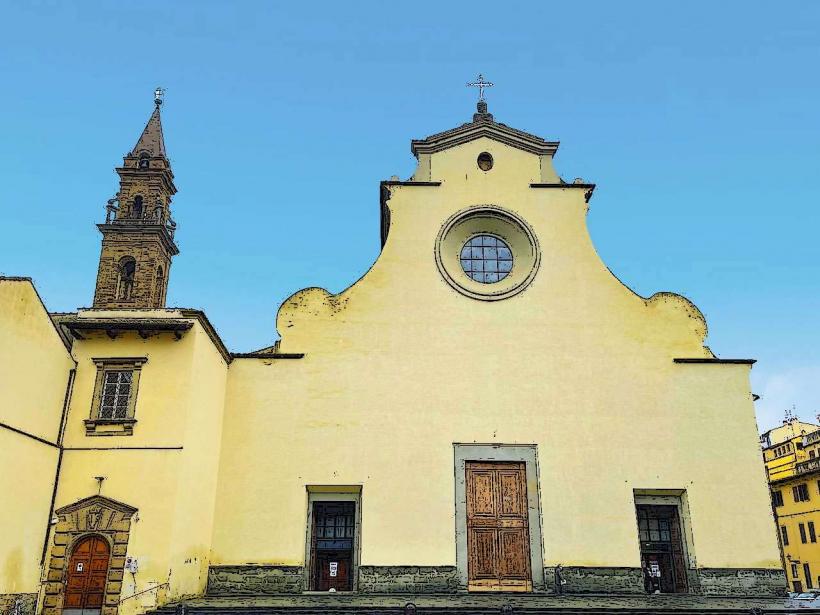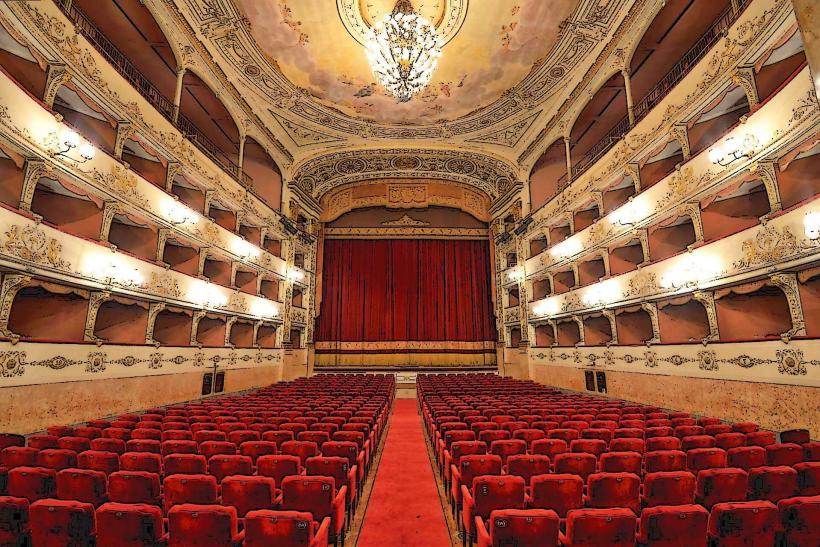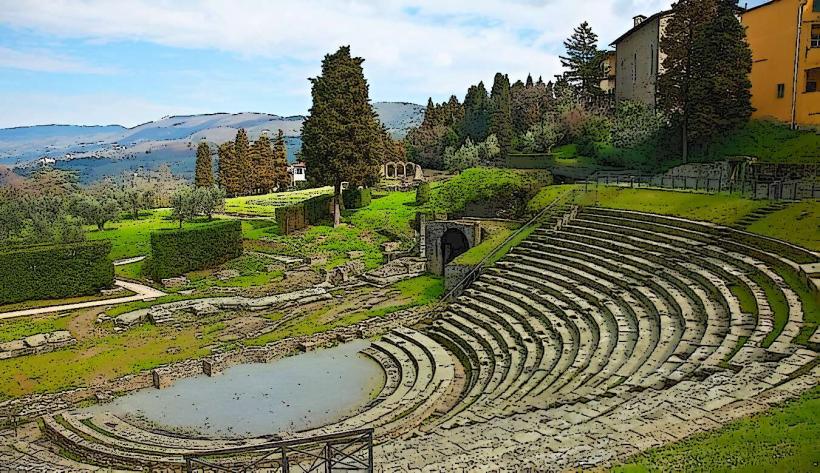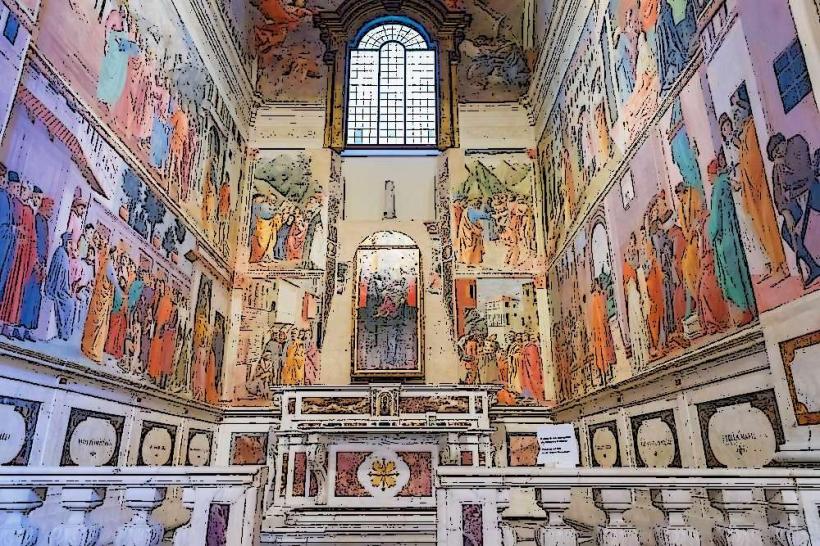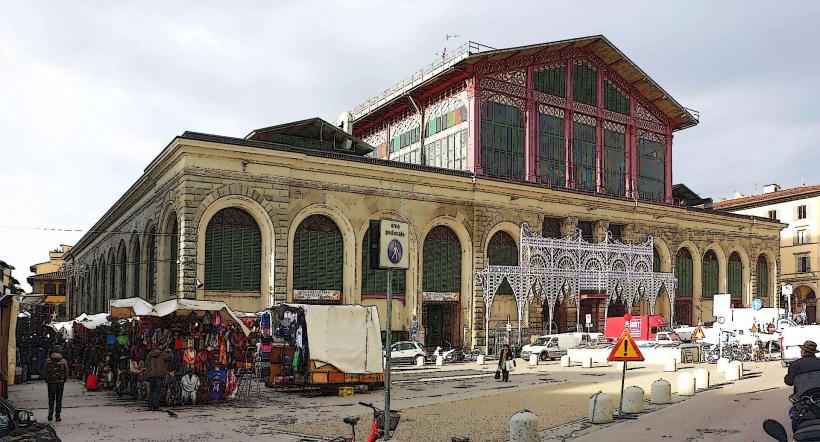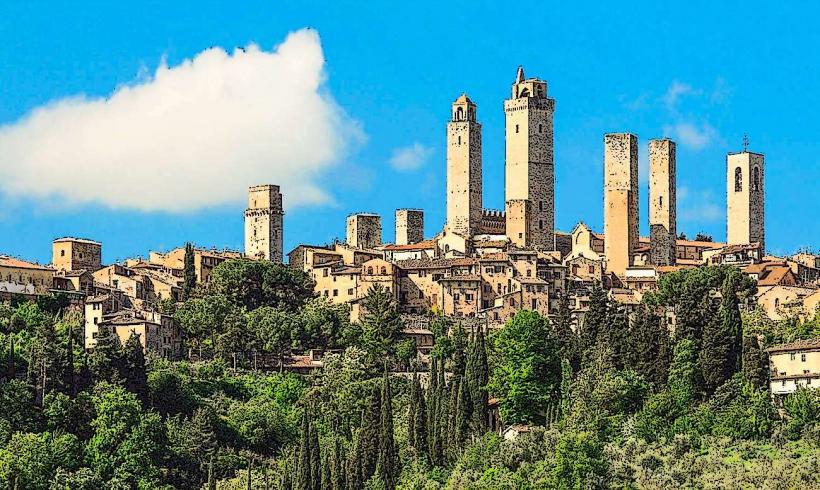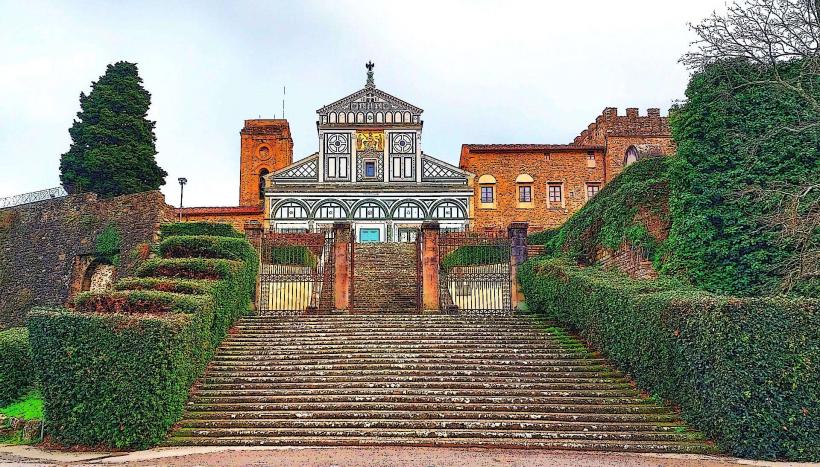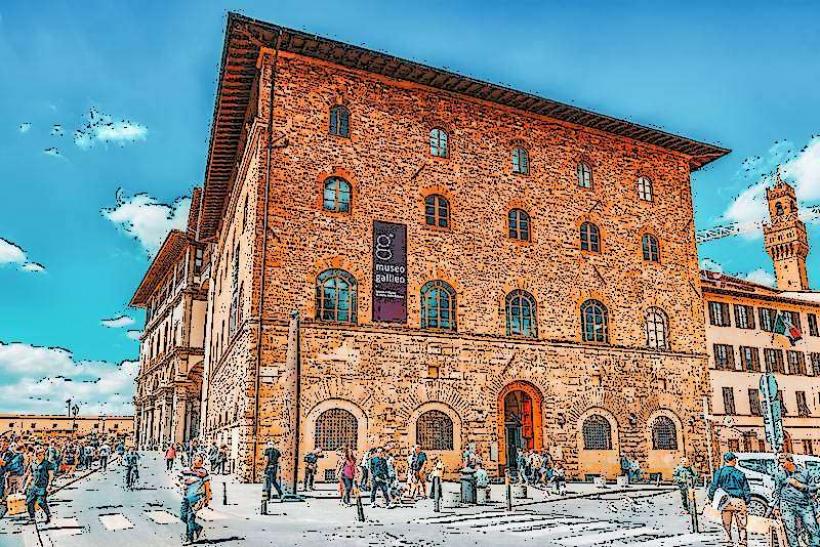Information
Landmark: Galleria dell AccademiaCity: Florence
Country: Italy
Continent: Europe
The Galleria dell'Accademia in Florence, Italy, is one of the city’s most famous museums, best known for housing Michelangelo’s David, one of the world’s most iconic sculptures. The gallery is also home to an extensive collection of Renaissance art and sculptures, as well as an impressive assortment of paintings from the Florentine School. Founded in 1784 by Leopold II, Grand Duke of Tuscany, it originally served as an educational institution for the Accademia di Belle Arti di Firenze, providing students with the opportunity to study great works of art up close.
1. Highlights of the Collection
Michelangelo’s David: Undoubtedly the most famous piece in the collection, Michelangelo’s David is a 17-foot-tall marble masterpiece created between 1501 and 1504. Originally commissioned for Florence’s Piazza della Signoria, David was moved to the Galleria dell'Accademia in 1873 to protect it from weathering and damage. The statue represents the biblical hero David, who defeated Goliath, symbolizing strength and youthful beauty. Michelangelo’s ability to capture the human form in such detail and precision makes David a timeless example of Renaissance sculpture and humanism.
The Prisoners (or Slaves): Near the statue of David, you’ll find several other works by Michelangelo, known as The Prisoners or The Slaves. These unfinished sculptures, originally intended for the tomb of Pope Julius II, depict figures struggling to free themselves from the stone. The works are powerful examples of Michelangelo’s concept of non-finito (unfinished), where the incomplete form emerges from the marble, symbolizing the human struggle for liberation.
St. Matthew: Another unfinished work by Michelangelo, this statue of St. Matthew was also intended for the Florence Cathedral. Like The Prisoners, St. Matthew gives insight into Michelangelo’s creative process and his skill in carving.
2. Painting Collection
The Galleria dell'Accademia also holds a valuable collection of Renaissance paintings from the 14th to 16th centuries, particularly works from the Florentine School. Some notable works include:
Altarpieces and Religious Paintings: The collection includes many religious paintings, especially polyptychs and altarpieces created for local churches. Key artists represented include Paolo Uccello, Sandro Botticelli, and Domenico Ghirlandaio.
Tree of Life by Pacino di Bonaguida: One of the gallery’s highlights, this 14th-century painting is a beautifully intricate depiction of the crucifixion in the context of the Tree of Life. The work is an outstanding example of early Gothic art and rich in symbolism, illustrating various aspects of Christian theology.
3. Museum Layout and Rooms
The museum layout guides visitors through various rooms and halls, each dedicated to different themes and artistic styles:
Hall of the Colossus: Named for the large plaster cast of the Rape of the Sabines by Giambologna, this hall houses religious paintings, altarpieces, and 15th-century masterpieces. The imposing Rape of the Sabines sculpture, though a replica, gives viewers an appreciation of Giambologna’s dramatic composition and style.
Tribune of David: This area is dedicated to the display of David, which stands beneath a skylight that bathes the statue in natural light, enhancing its dramatic and lifelike presence. Visitors can view David from multiple angles, appreciating Michelangelo’s attention to anatomical accuracy and detail.
Hall of Prisoners: Leading to David, this hall contains The Prisoners or The Slaves by Michelangelo. These unfinished sculptures create a powerful visual impact as they seem to be struggling to emerge from the marble.
Gothic and Renaissance Rooms: These rooms house religious icons, paintings, and works from the Gothic and early Renaissance periods, offering a glimpse into the evolution of art in Florence. The emphasis on religious iconography reflects the spiritual significance of art during the time.
4. Musical Instrument Museum
The Museum of Musical Instruments is an often-overlooked section of the Galleria dell'Accademia. It features a fascinating collection of historical instruments, including some crafted by Stradivari and Cristofori (the inventor of the piano). The collection highlights the Medici family's passion for music and includes unique pieces like stringed instruments, harpsichords, and early pianos, showcasing the rich musical heritage of Florence.
5. Restorations and Preservation
The Galleria dell'Accademia has undergone several restoration projects to preserve its collection. The museum employs careful climate control and conservation techniques to protect fragile artworks from environmental damage. Major restoration work has been carried out on David to prevent structural damage, ensuring that this masterpiece remains intact for future generations.
6. Visitor Information
- Location: The Galleria dell'Accademia is located at Via Ricasoli, 58-60, near Florence’s Piazza del Duomo.
- Hours and Admission: The museum is open daily, with the exception of Mondays. Tickets are required, and it’s recommended to book in advance due to high demand, especially to see David.
- Guided Tours: Many visitors opt for guided tours to gain deeper insight into the history and significance of the works, particularly Michelangelo’s sculptures.
7. Conclusion
The Galleria dell'Accademia is a must-visit for anyone interested in Renaissance art, sculpture, and history. From the awe-inspiring David to Michelangelo’s unfinished Prisoners, the gallery offers a profound experience of human creativity and the heights of artistic achievement. The museum’s rich collection of paintings and sculptures provides a comprehensive view of the evolution of art in Florence and serves as a testament to the city’s pivotal role during the Renaissance.

